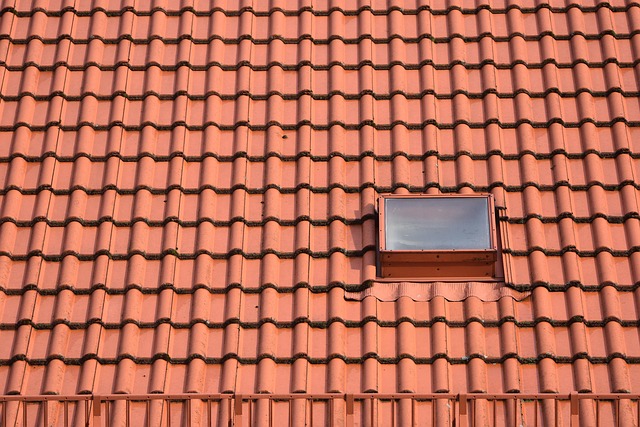Effective Mice Removal: Identifying and Eliminating Infestations
Mice in a home or business can cause property damage, contaminate food, and create stress for occupants. Removing mice effectively combines accurate detection, targeted control methods, and long-term prevention. This article explains common signs of infestation, how rodents gain access, practical pest control options, trap choices, and steps to reduce the chance of a repeat problem.

This article is for informational purposes only and should not be considered medical advice. Please consult a qualified healthcare professional for personalized guidance and treatment.
What signs indicate a mice infestation?
Early detection makes removal easier. Typical signs of a mice infestation include droppings (small, dark, pellet-like), gnaw marks on wires or packaging, greasy rub marks along walls, shredded nesting material, and squeaking or scratching noises at night. You may also notice a musky odor in enclosed spaces. Inspect attics, basements, behind appliances, and inside cabinets. If you find droppings, clean carefully using gloves and disinfectant to reduce exposure to pathogens before proceeding with control measures.
How do rodents enter homes and spread?
Rodents can squeeze through gaps as small as a quarter of an inch. Common entry points include gaps around utility lines, foundation cracks, broken vents, and poorly sealed doors or windows. Once inside, mice explore for food, water, and shelter, often establishing nests in hidden areas. They reproduce quickly—several litters per year—so a single pair can become an infestation within months. Regularly inspect your building envelope and address openings promptly to limit access and reduce the chance that a few wandering mice become a larger problem.
Which pest control approaches are effective?
An integrated pest control approach works best: combine sanitation, exclusion, monitoring, and direct removal. Sanitation means removing food sources (sealed containers, prompt cleaning of crumbs and spills) and reducing clutter that provides nesting sites. Exclusion focuses on sealing gaps and installing door sweeps and vent covers. Monitoring uses bait stations or tracking tools to understand activity patterns. For active infestations, targeted trapping or professional services may be necessary. Use methods appropriate to the setting and follow local regulations for any chemical controls.
What types of traps and baits are available?
Traps range from snap traps and electronic traps to live-capture cages and glue boards. Snap traps kill quickly and are effective when placed along runways; use bait such as peanut butter or cereal. Electronic traps deliver a high-voltage shock and can be more sanitary. Live-capture traps let you release animals but require compliance with local rules and can allow reinfestation if not combined with exclusion. Glue boards are less humane and can trap non-target animals; they also present disposal and safety concerns. Rodenticides are effective but pose risks to pets, children, and wildlife; if used, follow label instructions precisely.
How to prevent future infestation in your area
Long-term prevention focuses on habitat modification and routine maintenance. Store food in sealed, rodent-proof containers and regularly empty outdoor trash. Keep vegetation and woodpiles away from building foundations. Seal holes with metal flashing, steel wool, or hardware cloth rather than easily gnawed materials. Install door sweeps and repair screens. Maintain a consistent inspection schedule—check vulnerable areas seasonally and after storms or renovations. If you use traps or bait, maintain monitoring and adjust placements as needed until activity stops.
Conclusion
Mice removal is a multi-step process: recognize signs of infestation, identify and close entry points, choose safe and effective traps or professional pest control, and adopt prevention habits to stop future problems. Combining sanitation, exclusion, and appropriate removal methods reduces health risks and property damage while limiting the chance of recurrence. Regular inspections and prompt action are the most reliable ways to keep rodents from becoming an ongoing issue.






